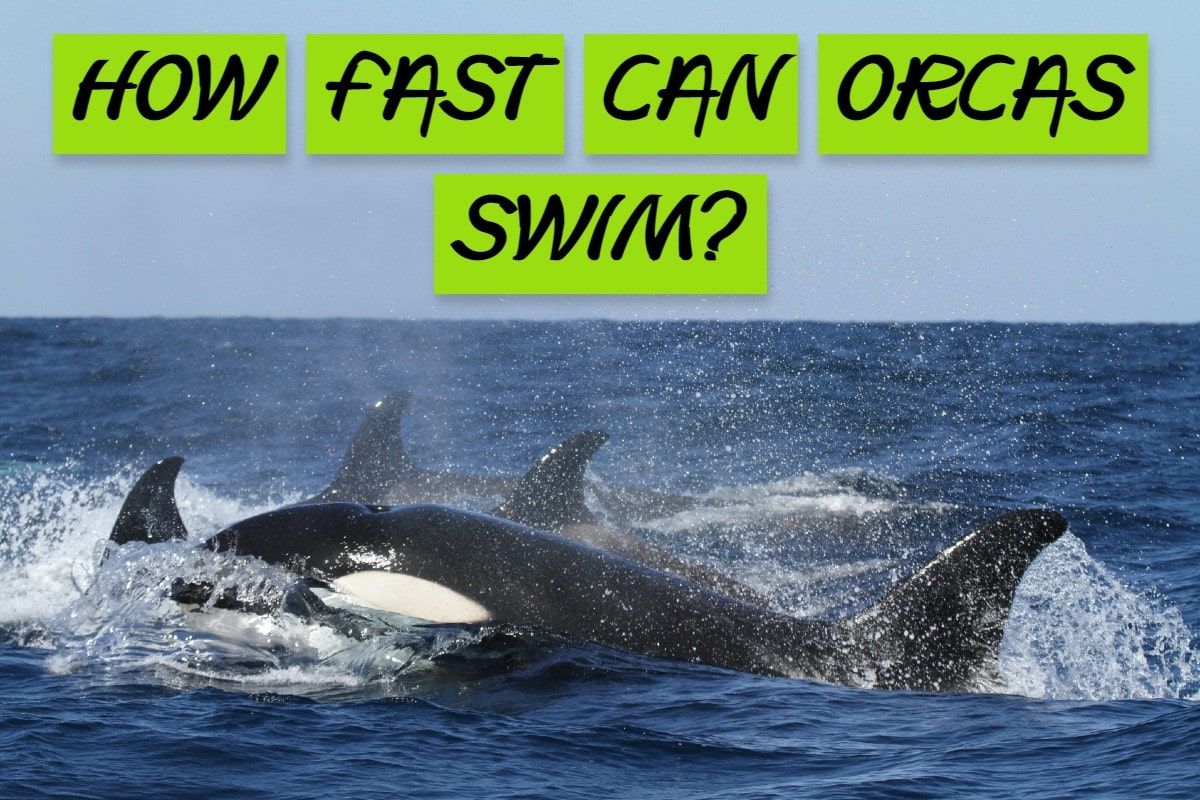Unleashing the Fury of the Deep: Ocean Speed Demons Reveal the Astonishing Speed of Orcas
The ocean is a vast and mysterious realm, home to a diverse array of creatures that have adapted to its unique conditions. Among these incredible animals, the orca, also known as the killer whale, stands out for its remarkable speed and agility. These ocean speed demons are capable of reaching astonishing velocities, making them some of the fastest swimming animals on the planet. In this article, we will delve into the world of orcas and explore the factors that contribute to their incredible speed, as well as the unique characteristics that enable them to dominate the ocean's surface.
The Biology of Speed
Orcas are apex predators, designed for hunting and speed. Their slender bodies, streamlined to perfection, allow them to slice through the water with minimal resistance. With a streamlined fuselage, dorsal fin, and pectoral fins, orcas can reach speeds of up to 35 miles per hour (56 kilometers per hour). But what's behind this remarkable speed?
Some of the key factors contributing to an orca's speed include:
• Muscle structure: Orcas have a unique muscle structure that allows for rapid contractions and relaxations, enabling them to propel themselves through the water with incredible force.
• Streamlined body: The orca's slender body is designed to reduce drag, allowing it to cut through the water with minimal resistance.
• Powerful tail: The orca's powerful tail, also known as the fluke, provides the primary source of propulsion, generating massive amounts of force with each stroke.
The Science Behind Speed
Research has shed light on the science behind orcas' incredible speed. Scientists have discovered that orcas use a unique technique called "gulp-finning" to propel themselves through the water. This technique involves contracting and relaxing the muscles in the orca's caudal fin, generating a rapid series of thrusts that propel the orca forward.
In addition to their powerful tail, orcas also use their dorsal fin to help with steering and maneuverability. By adjusting the angle of the dorsal fin, orcas can make precise turns and changes in direction, allowing them to pursue prey with ease.
The Speed of Different Species
While all orcas are capable of reaching incredible speeds, different species vary in their swimming velocities. The most well-known species, the resident orca, can reach speeds of up to 35 miles per hour (56 kilometers per hour), while the transient orca, which feeds on fish and squid, can reach speeds of up to 45 miles per hour (72 kilometers per hour).
Other species, such as the Antarctic orca, are capable of reaching speeds of up to 50 miles per hour (80 kilometers per hour), making them some of the fastest swimming animals on the planet.
Factors Influencing Speed
Several factors can influence an orca's speed, including:
• Water conditions: Ocean currents, waves, and turbulence can all impact an orca's speed, making it harder to maintain a steady pace.
• Food availability: Orcas that have access to abundant food sources can maintain higher speeds, while those that are starving may need to slow down to conserve energy.
• Social behavior: Orcas that hunt in groups can use their social behavior to help maintain speed, with individuals taking turns to chase and lead the hunt.
Conservation Status
Despite their incredible speed, orcas are facing numerous threats to their survival. Overhunting, pollution, and habitat degradation are all major concerns, with many orca populations experiencing significant declines in recent years.
In 2018, the International Union for Conservation of Nature (IUCN) listed the orca as a vulnerable species, citing a 70% decline in orca populations over the past 30 years. Efforts to protect orca habitats, reduce bycatch, and promote sustainable fishing practices are underway, but more needs to be done to ensure the long-term survival of these incredible animals.
Conservation Efforts
Several organizations and governments are working to protect orca populations and their habitats. Some notable conservation efforts include:
• Marine protected areas: Establishing marine protected areas can help reduce human impact on orca habitats and provide a safe space for orcas to thrive.
• Bycatch reduction: Implementing bycatch reduction measures, such as fishing gear modifications and fish aggregating device (FAD) removal, can help reduce orca bycatch and promote sustainable fishing practices.
• Research and monitoring: Continuous research and monitoring of orca populations can help inform conservation efforts and ensure that human activities are not harming orca populations.
Conclusion
The orca, with its incredible speed and agility, is a true marvel of the ocean. By understanding the biology and behavior of these ocean speed demons, we can better appreciate the importance of conservation efforts and work towards protecting these incredible animals for future generations. As we continue to explore and learn more about the ocean and its inhabitants, we are reminded of the awe-inspiring beauty and diversity of marine life, and the importance of preserving it for the benefit of all.
Michael Mando Uality
How Tall Is Brad Pitt
Is Keri Russell Related To Kurt Russell
Article Recommendations
- Janice Nichole Rivera
- Rebecca Pritchard Illness
- Jessica Tarlov Husband
- King Von Autopsy Pic
- Sofia Franklyn
- Trudeau Net Worth
- Gal Gadot Andiddy
- Justine Musk Net Worth
- Meek Mill Andiddy Audio
- Art Terkeurst



